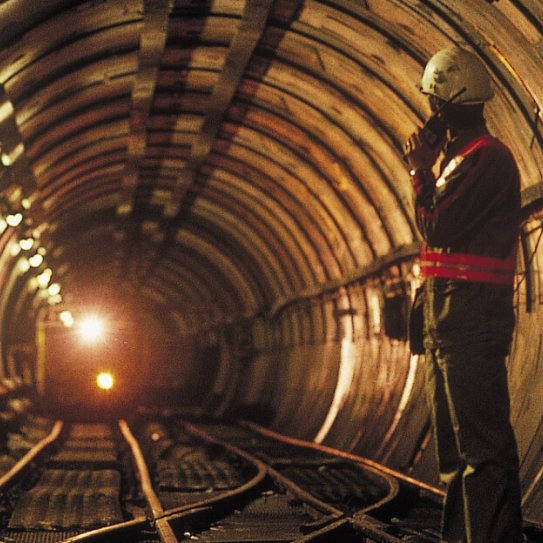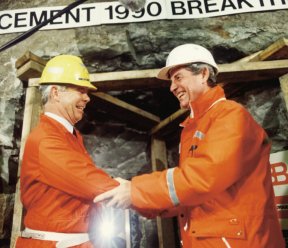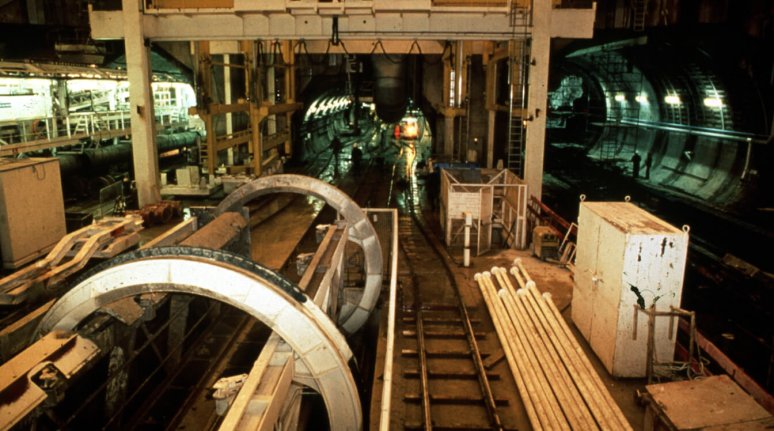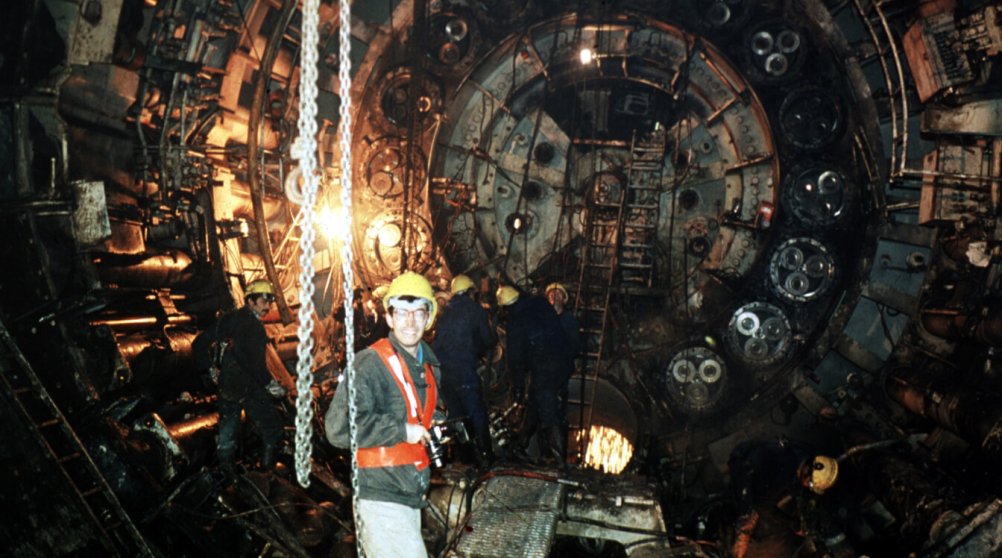1 December 1987
Work began either side of the Channel
Nearly 30 years ago, we were involved in the momentous technical achievement and human experience that was building the Channel Tunnel. The project, which involved building two rail tunnels and one service tunnel, was part of a major European works programme to build a high-speed rail network across continental Europe.

The idea to build a fixed connection between France and England first emerged in the mid-18th century. It finally became a reality on 6 May 1994, after the European Union decided to enhance its transport infrastructure, in particular rail transport, to make it easier for people to travel between countries and thereby boost economic integration between Member States.
Nowadays, passengers on the Channel Tunnel can travel from Paris to London in just 2 hours.

The 50 km long tunnel was dug between 25 and 40 metres underneath the English Channel. It comprises two rail tunnels, connected every 375 metres to a central service tunnel. The design-build contract was awarded to a consortium of five French and five British companies. The Channel Tunnel was for many years the largest European infrastructure project and represents a considerable feat from a safety point of view. Indeed, the rail tunnels were designed so that should a train derail, they would not overturn and remain straight.
While the Channel created a natural barrier to the British Isles for many centuries, the tunnel means it now represents the connection between France and England.
7
years of work
10,000
people involved across 16 major worksites either side of the Channel

1 December 1987
Work began either side of the Channel
1 December 1990
The two halves of the service tunnel were joined
22 May 1991
The two halves of the northern rail tunnel were joined
28 June 1991
The two halves of the southern rail tunnel were joined
1990-94
Rail tracks were laid, ventilation, communication, signalling and safety systems were installed
6 May 1994
The tunnel was officially inaugurated by Queen Elizabeth II and President François Mitterrand
